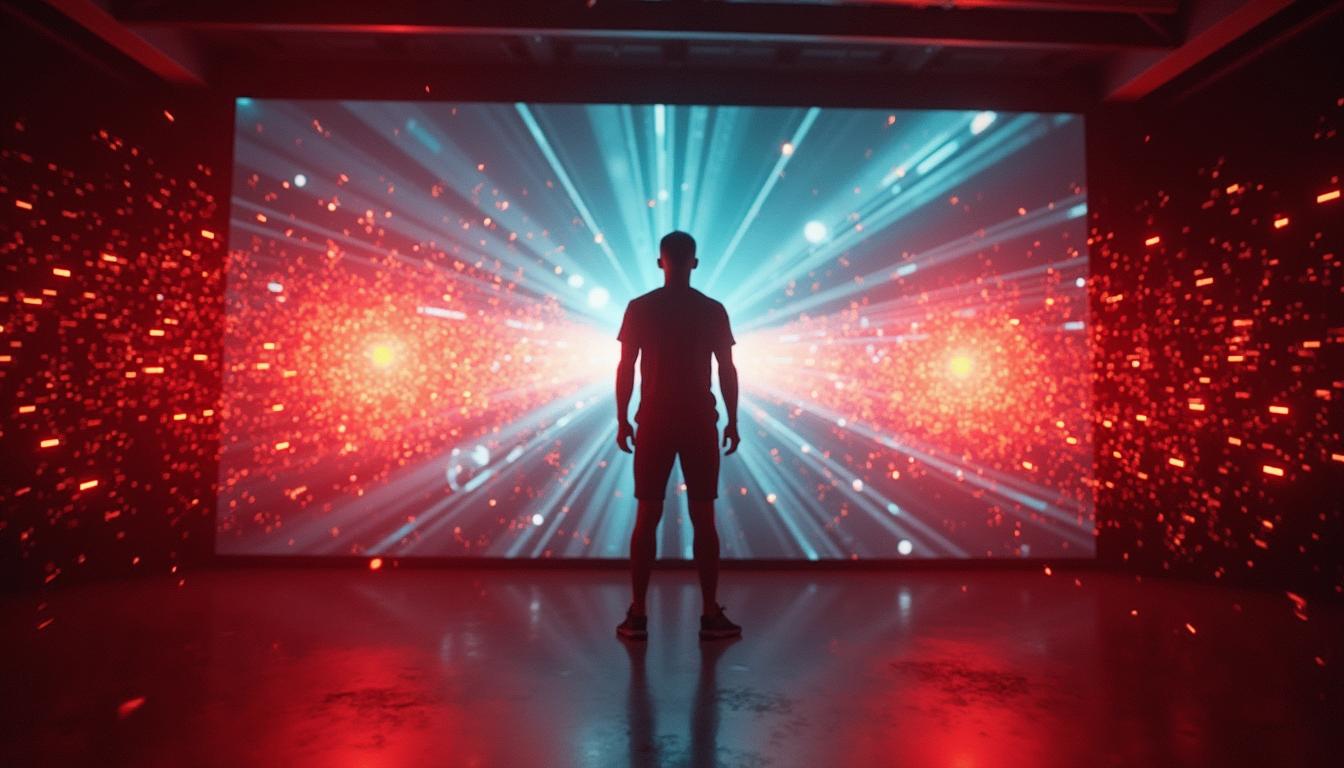Welcome to the Research and Strategy Services at in today's fast-paced.

Hockey is one of the fastest-moving sports on earth. Players need to follow lightning-fast puck movement and predict where their teammates and opponents will go as play develops. This requires complex calculations of speed and strategy on the fly.
So how can you improve your ability to see plays as they develop and predict the next play? That’s where cognitive training comes in. It’s important to stay in peak physical shape so that you can compete at your highest potential. The same is true for your brain. The human brain is capable of considerable feats, and training it to adapt to the complicated needs of hockey is one way to up your game considerably.
Historically, coaches have relied on scrimmages to reproduce game situations and improve cognitive ability for in-game performance. Now, there’s a gym for your brain, too. NeuroTracker uses cutting-edge 3D environment, multiple object tracking software to increase athletes’ focus and decision-making. Typically in sessions of under 10 minutes and as little as twice per week. The training efficiency is astounding, taking advantage of ‘brain plasticity’, or the ability of the brain to learn and adapt. (See Research Here)
By better processing visual information, you can make better decisions. Training with NeuroTracker can be expected to help you hone in on the puck better while keeping up with the players around you.
Practicing in the new Tactical Awareness Mode provides even bigger increases to visual input perception. With images of real-life game situations moving around, you can easily translate the simulations of NeuroTracker to actual in-game skills. This important 'translational benefit' has been demonstrated in recent scientific research.
In basic NeuroTracker training, one is asked to follow specific targets within a group, typically four spheres out of eight. In tactical awareness mode, the cognitive load is raised substantially by presenting complex situations and requiring the subject to make a strategic decision, all while the subject follows the base-level targets. It’s mentally exhausting, even in short sessions, but that feeling is the result of your brain working hard to assimilate the new learning. This not only brings about very rapid improvement, but is a theoretically ideal approach for building mental stamina too, which is essential for avoiding those late goals-against so commonly seen in hockey or soccer, linked to player fatigue.
Training the brain to quickly respond to such visual stimuli is quickly becoming a regular feature of major professional organizations all over the world. Knowing where to be and when to be there, based on visual cues and a better understanding of where the play is moving, is a signature of stand-out players.
Whether you are a defender or goalie, processing the on-coming storm of an odd-man rush is vital. As a center or winger, being able to see the patterns developing in a high-pressure forecheck is crucial to cracking open the counter-attack.
Tactical Awareness Mode in NeuroTracker is designed for just that. This integration of more fundamental abstract cognitive training with decision-making specific scenarios provides a comprehensive approach to performance training.






Welcome to the Research and Strategy Services at in today's fast-paced.

Discover how you can jump-start your overall brain health and wellness with our NeuroTrackerX guided wellness program in 66 days!

From stereo-3D to adaptive speed thresholds, get the lowdown on what makes NeuroTracker tick.

Check out our 101 on how NeuroTracker works under the hood.
.png)